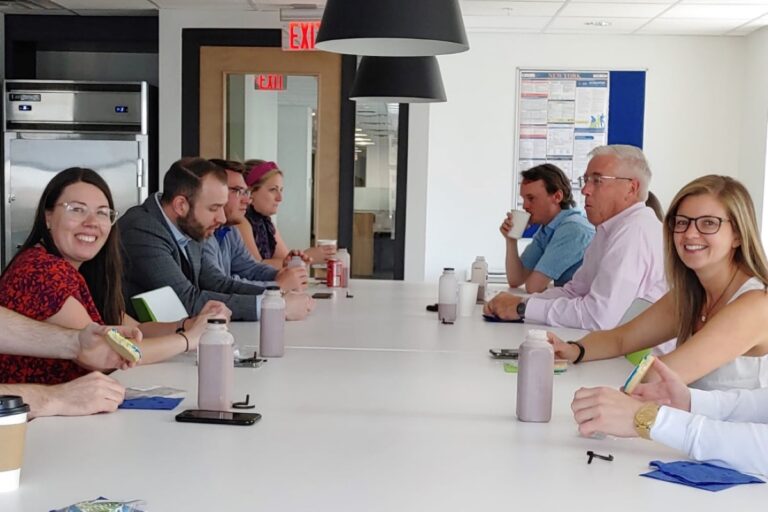Proven Keys Behind Actionable Digital Marketing Plans for Educational Institutions

How do I make a digital marketing plan for an educational institution? Originally appeared on Quora: the place to gain and share knowledge, empowering people to learn from others and better understand the world.
Agree with the poster above that it has to be dealt with in a holistic way. Having worked for several educational institutions, here are some details to think about in order to create a marketing plan that returns value.
Audit Existing ‘Traditional’ Marketing Channels Against Digital
It’s difficult to change a marketing plan that’s tried and tested, but when the same formula is applied year on year, new channel development is often second to existing budgets for traditional activities. However, you’ll need to secure budget for a purposeful digital strategy.
Assessing your audience’s needs and identifying areas where digital can add real value (or costs can be reduced on other channels and added to a marketing innovation fund) is the first step to a great digital offering.
Tip: Demonstrating ROI is one way to approach this problem; are your audience clamouring for those expensively printed 200 page prospectuses that disappear into thin air when given out at open events, or could that budget go towards a personalised course PDF sent to their email/link to a departmental digital presence that can be tracked and measured?
Take A Cross-Departmental View of the Marketing Journey to See Where the Gaps Are
Build a big picture of the marketing landscape – what does the whole experience look like from the prospective student’s side? Try to fill in the gaps to increase conversion and retention, and safeguard the leads you’re getting from your initial marketing investment.
From staff at events knowing which web page to link on screen, to the recruitment department’s email etiquette, all have an impact on ‘marketing’ the institution and any can drop the ball with a single badly timed or written response. A challenge for marketing professionals in education right now is getting the whole institution market focused and bought into the recruitment journey to provide the type of service prospects expect.
Tip: Making a map of all the touchpoints a prospect might have with the institution is great for illustrating the joint responsibility for conversion, and may help achieve buy-in from other departments in sharing the marketing load.
Spend Some Time Defining How the Institution Presents Itself
Your strategy could be entirely focused on up-front recruitment through aggressive digital and traditional marketing, but if your institution’s reputation or brand isn’t right, you won’t entice the right audience despite having a flawless digital conversion plan.
Tailor your campaign to address competitive issues, and ask what you really stand for, to ensure that each communication reflects an image that a prospective student can emotionally invest in, rather than being just another ‘supplier’ in an increasingly challenging market.
Tip: Ask the difficult questions.
- Does your strategy include a clear reason for the student to choose your institution?
- Is your curriculum itself aimed towards marketable subjects that are in demand in your recruitment area?
- Are your alumni, student support and community/business engagement practices good enough to generate the kind of positive word of mouth to support a long-term recruitment strategy?
Plan Your Tactics Using Real Students
Researching and testing with real students – you don’t have to take all their advice, but they can sense check things in a way that a panel of academics can’t. They can help map the touchpoints as mentioned in (2), give ideas for channels they actually use (eg. A Teenager’s View on Social Media), act as social advocates, and help review and co-create content which needs an authentic voice.
Contributed by Heather Spence, Experience & engagement strategist








